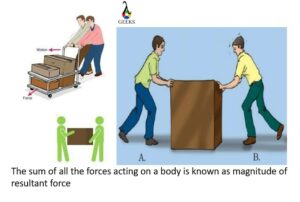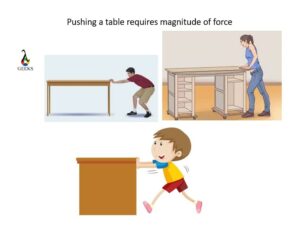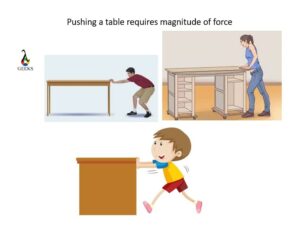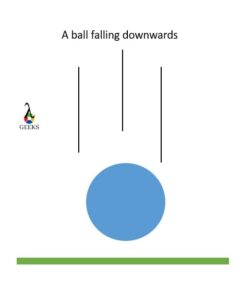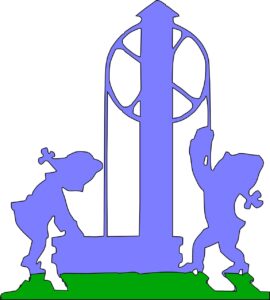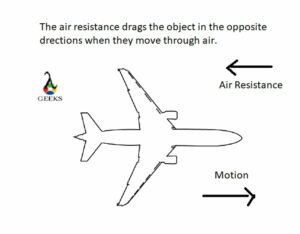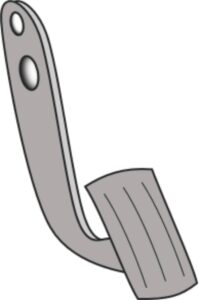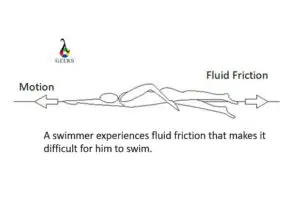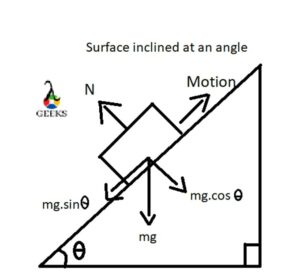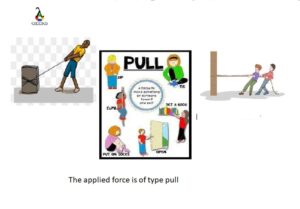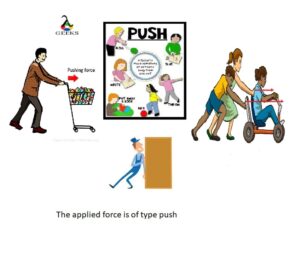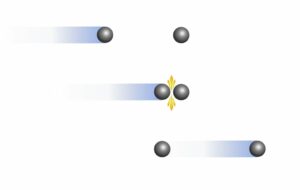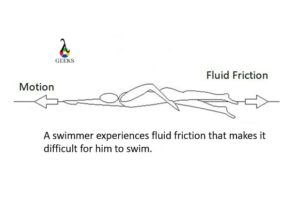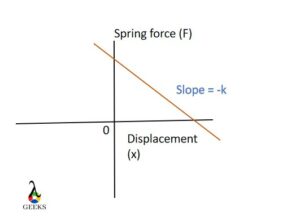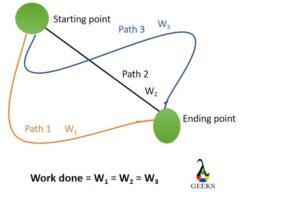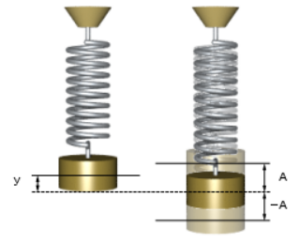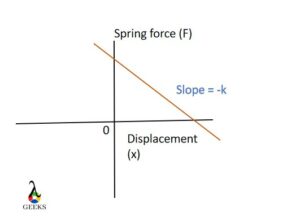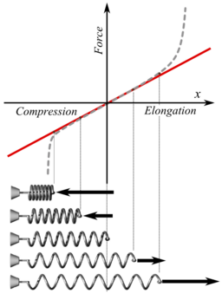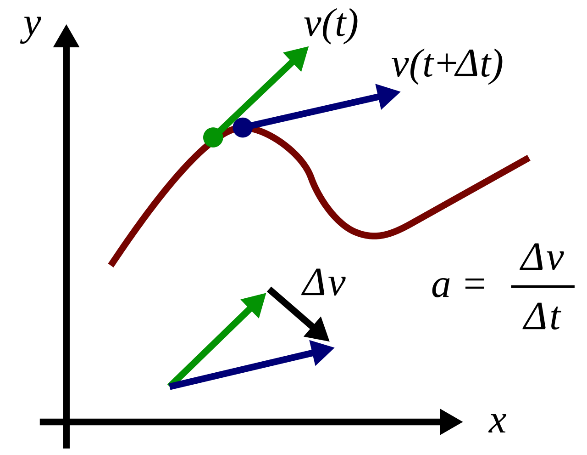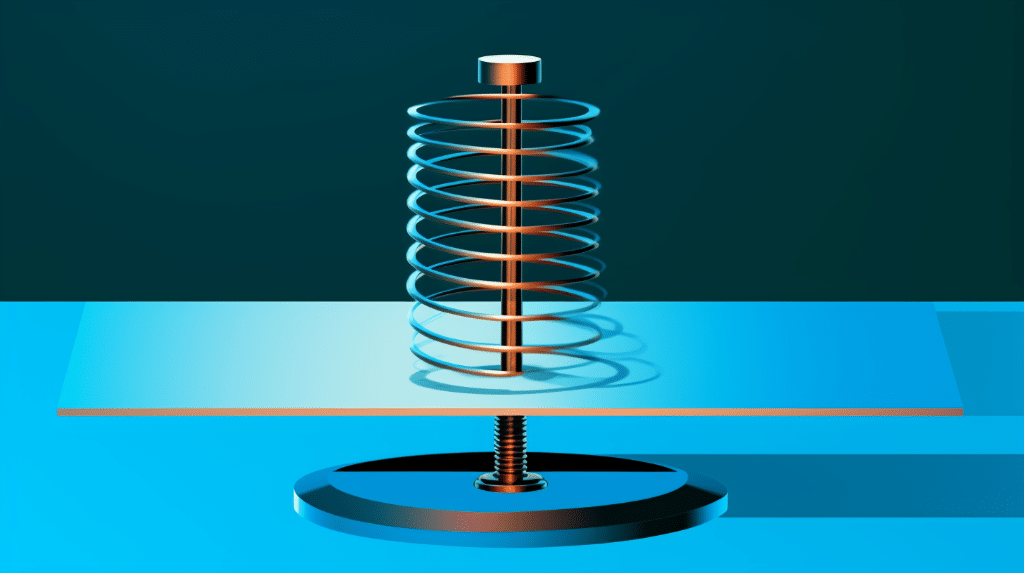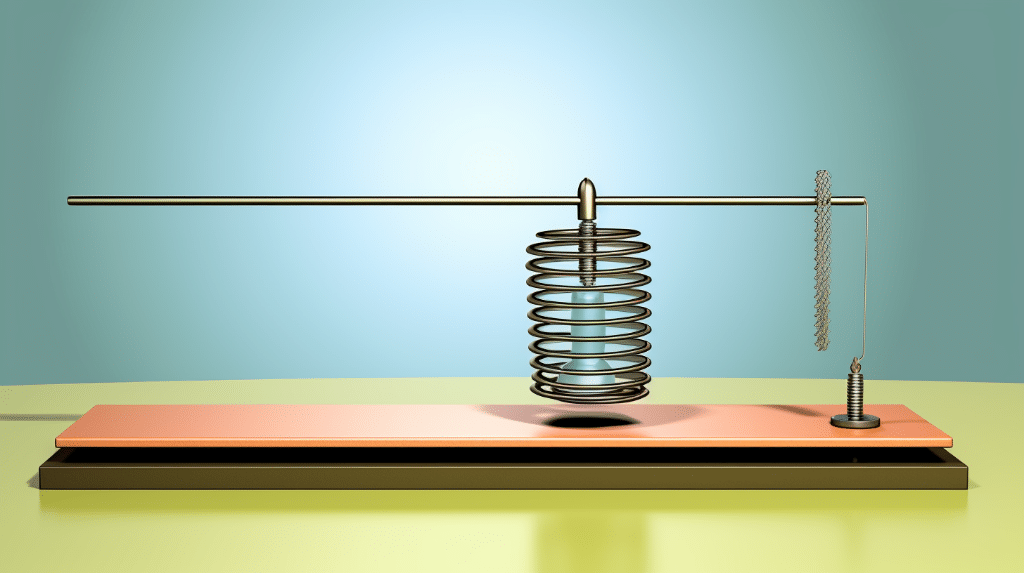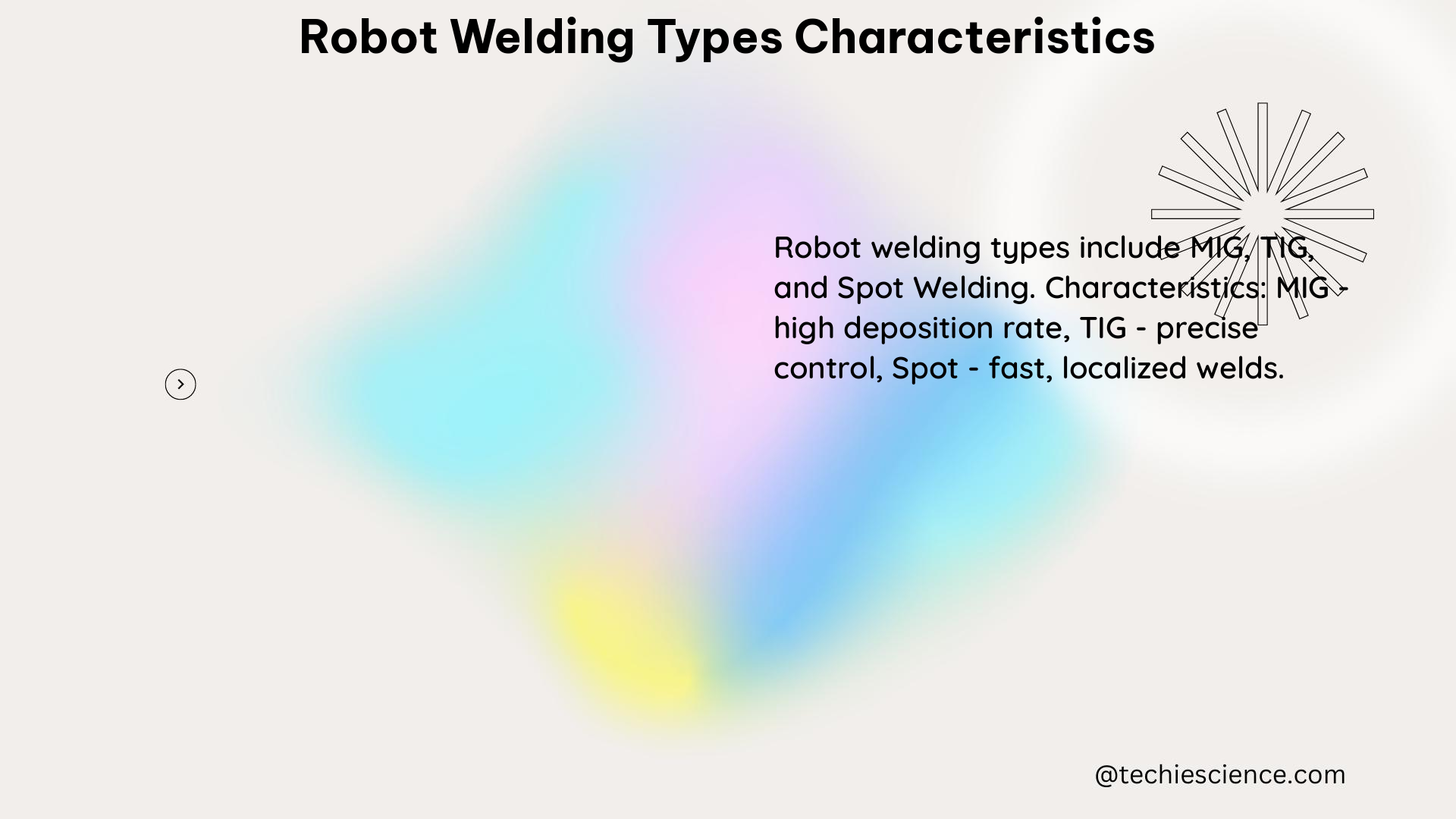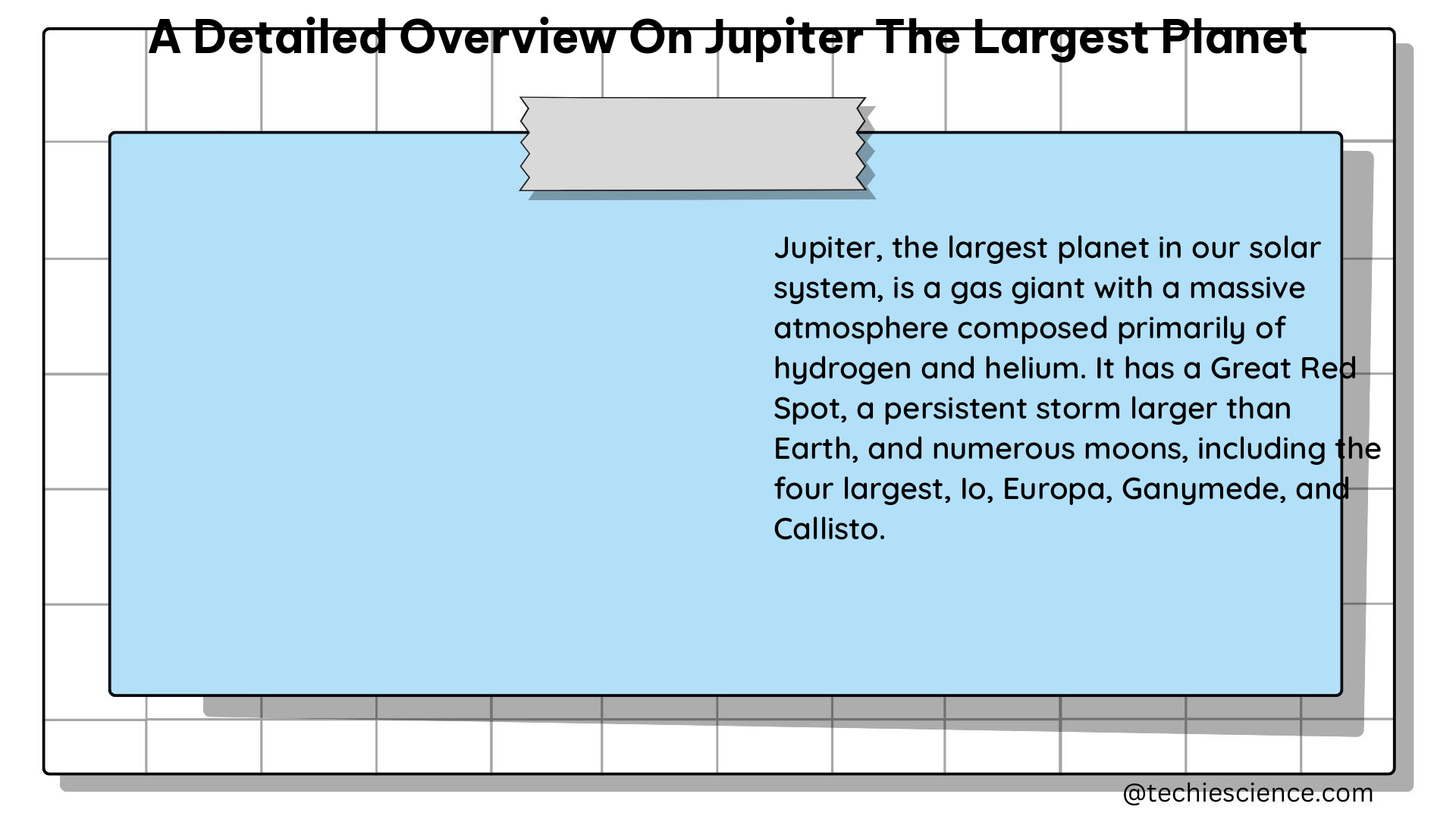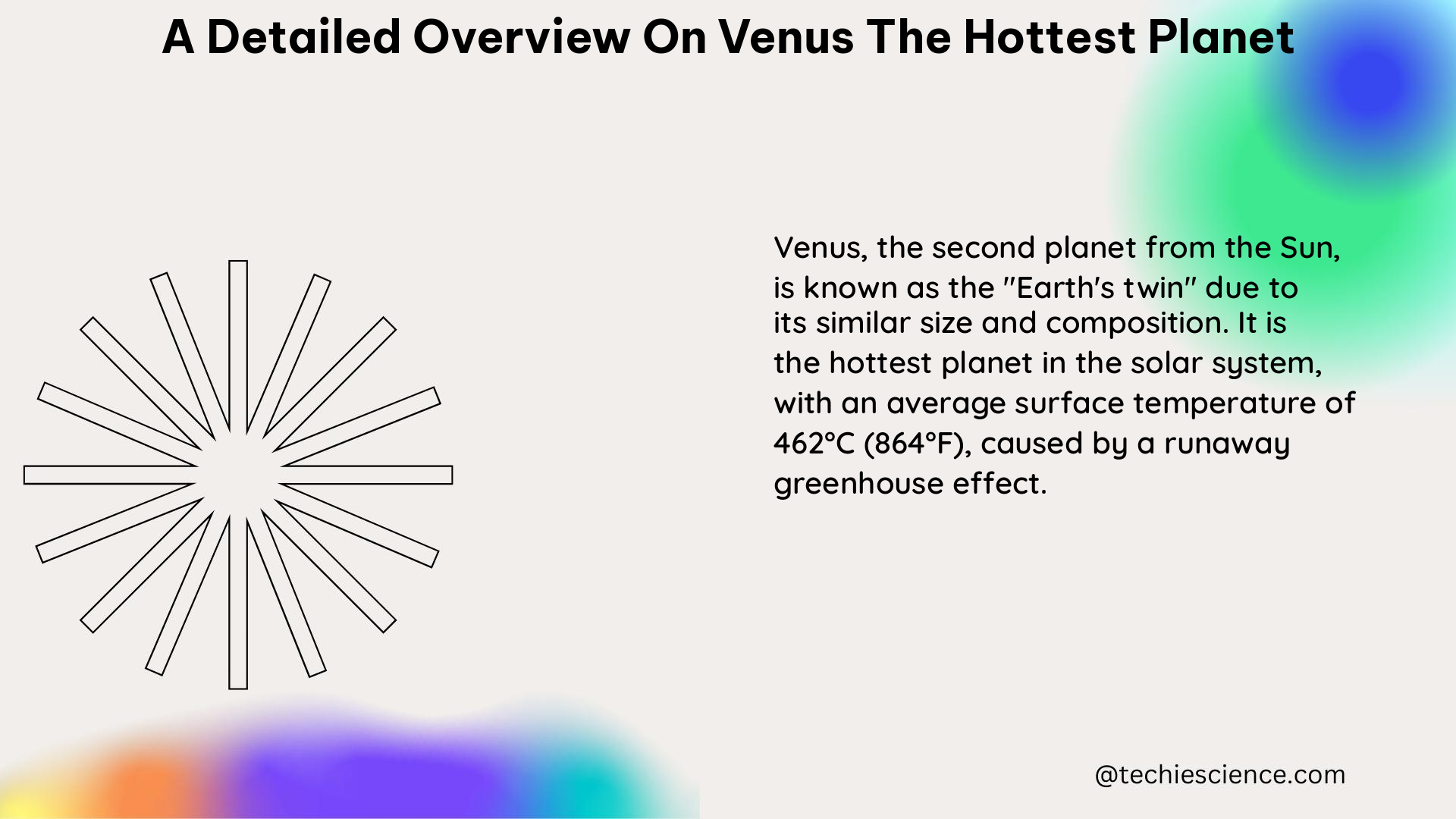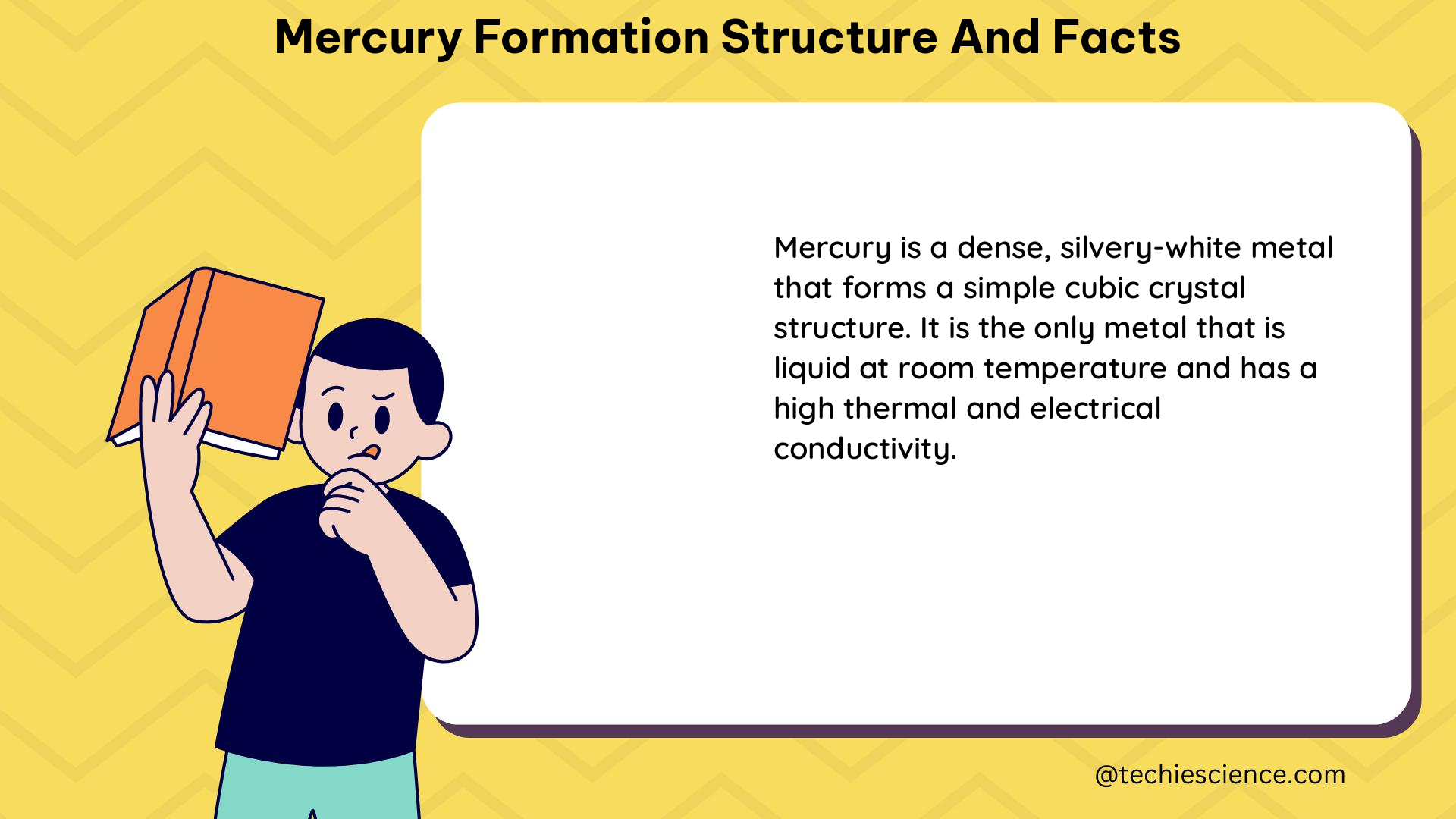Force being a vector quantity has both magnitude and direction. The measure or size of force acting on an object is known to be the magnitude of force.
The vector sum of forces that act on a body is the magnitude of resultant force. At a given time, there are always multiple forces working on a body. Either they act in the same direction or the opposite directions. The combination of all the forces keeps the object stable and does the work.
In physics, the single force that generates the same effect as multiple forces are known as the magnitude of the resultant force. Force, being a vector quantity, is important to consider the direction of a force. The forces that act in the same direction are taken as positive, and those acting in opposite directions are negative. The restaurant force is also known as the net force.
To understand the concept of the magnitude of resultant force, let us take a simple example.
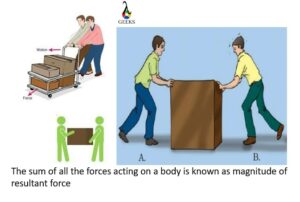
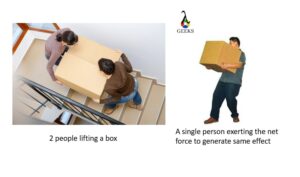
Two to three people are required to lift a heavy box. But if there is an extremely strong bodybuilder, he can easily lift the box. Hence the force exerted by the bodybuilder would be almost equal to the force exerted by all the other people. And it would be the magnitude of resultant force
Numerically the resultant force is written as;
F = f1 + f2+ f3
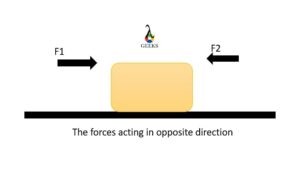
When the force on the body acts in the opposite direction, they are subtracted to generate the net force.
F = f1 – f2
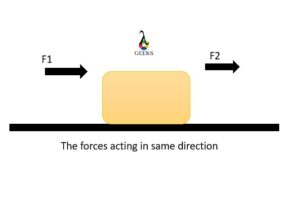
When the force acts in a particular direction, they add up to get the magnitude of the resultant force.
F = f1 + f2
Classification of Resultant Force
The magnitude of the resultant force classifies it into;
Balanced Force
When the net force acting on a body equals zero, it is known as balanced force. Here forces are equal in magnitude but act in the opposite direction. If the force is balanced, the body will continue to remain in the position of rest or motion. There would be no acceleration.
Some instances of balanced force are;
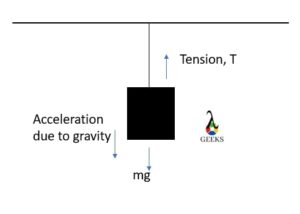
In the above diagram, we can see that the weight of the body pulls it downwards, but due to the tension on the rope, it does not fall. Hence the magnitude of the resultant force acting on the body is zero.
Even the log floating on water is possible due to the balanced force. The weight of the log acts downwards, but the upthrust pulls it upwards. Hence the net force is zero, and the log floats on water. If the weight exceeds the upthrust, then the log will sink into the water.
A box resting on a table experiences a normal force that acts upwards and gravity downwards. Both the forces balance each other, and hence the magnitude of resultant force is zero.
Unbalanced Force
The unbalanced force has a magnitude not equal to zero. When the force acting in opposite or the same direction sums up generation acceleration, it is known to be the magnitude of the resultant force. The unbalanced force either moves a stationary object or changes the velocity of the body. The acceleration or change in a direction totally depends on the measure of the resultant force. Greater magnitude generates great deflection.
To understand the concept of an unbalanced force, look at these everyday activities;
The tug of war is the most basic instance of the resultant force. Once the two teams exert the same measure of force, but in opposite directions, no one moves. But the second any team generates more force than the other, the resultant force gets unbalanced, and they are able to pull the other team.

The moving car also experiences multiple forces. The engine applies a force that moves the car forward, but at the same time, the friction opposes its motion. Since the magnitude of the forward force is much greater than the friction force, it gets unbalanced. Hence the car moves towards the direction of restaurant force.
The apple falling on the ground is due to the magnitude of the resultant force. The gravity pulls the apple downwards, and the normal force acts upwards. But the strength of gravity is much greater than the normal force that the net force acts downwards.
Therefore, to sum up, the balanced and unbalanced force;
- Forces of equal magnitude acting in the opposite direction have resultant magnitude zero and no acceleration.
- Forces of unequal magnitude acting in opposite directions are subtracted, and the body accelerates towards the greater force.
- Force of unequal magnitude acting in the same direction adds up, and the body accelerates towards the resultant force.
Frequently Asked Question (FAQs)
What is the magnitude of force?
The external or internal strength acting on a body to bring necessary changes is known to be the force.
The measure of force is known as its magnitude. It is the numerical value that provides us with the idea of how much energy or strength is applied to do the work. For example, the force applied on the brake to stop the car is its magnitude.
What is the magnitude of resultant force?
The size or measure of force is known as the magnitude of force.
When two or more force acts on a body the total sum of the force that generates an effect on it, is known as the magnitude of resultant force. In simpler words, the sum of the total force is the resultant force. For example, when two people try to push the box in the same direction, their forces add up to generate resultant force. It helps them to push the box easily.
Are net force and resultant force equal?
The sum of all the forces acting on a body is known as resultant force.
The net force is the addition of the total force. Numerically it is the same as the resultant force. The net force is just the other name for the resultant force.
What happens when the magnitude of the resultant force is zero?
All the force acting on a body is added up to get the magnitude of resultant force.
When the magnitude of resultant force is zero, the body does not move, or there is no acceleration. The body remains in the same position of rest or motion. For example, the book kept on a table experiences normal force and gravitational pull. Both the forces are equal in magnitude and opposite in direction, and hence the resultant force adds up to zero.
How do balanced and unbalanced forces differ?
The resultant force is of two types; balanced and unbalanced force.
The balanced force has a net magnitude of zero, and the body does not accelerate. The unbalanced force has non-zero magnitude, and the body changes the velocity. When the cyclist rides a bicycle, he generates an unbalanced force that makes the cycle move. When he stops pedaling, the bicycle stops as the friction force and applied force gets balanced.
Is air resistance a balanced force?
The opposing force generated by the air on the moving body is air resistance.
To answer this question, let us take an example. When a ball falls downwards, it experiences air resistance and gravitational pull. The pull is of greater extent, and therefore the ball accelerates downwards. But there comes a time when the ball stops accelerating and just keeps falling down with the same velocity. It is at this time that the force becomes balanced.
How do unbalanced forces accelerate the body?
When the sum of force acting in the same or opposite direction is not zero, it is known as an unbalanced force.
When the net force is not zero, then there is some force acting on a body that will cause changes. Through a simple physics concept, we know that the body moves in the direction of greater magnitude. Hence the body changes velocity and accelerates towards the resultant force. It proves Newton’s First Law of Motion.
